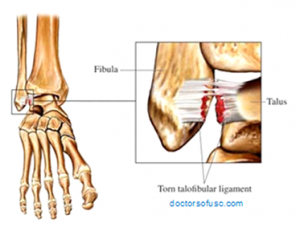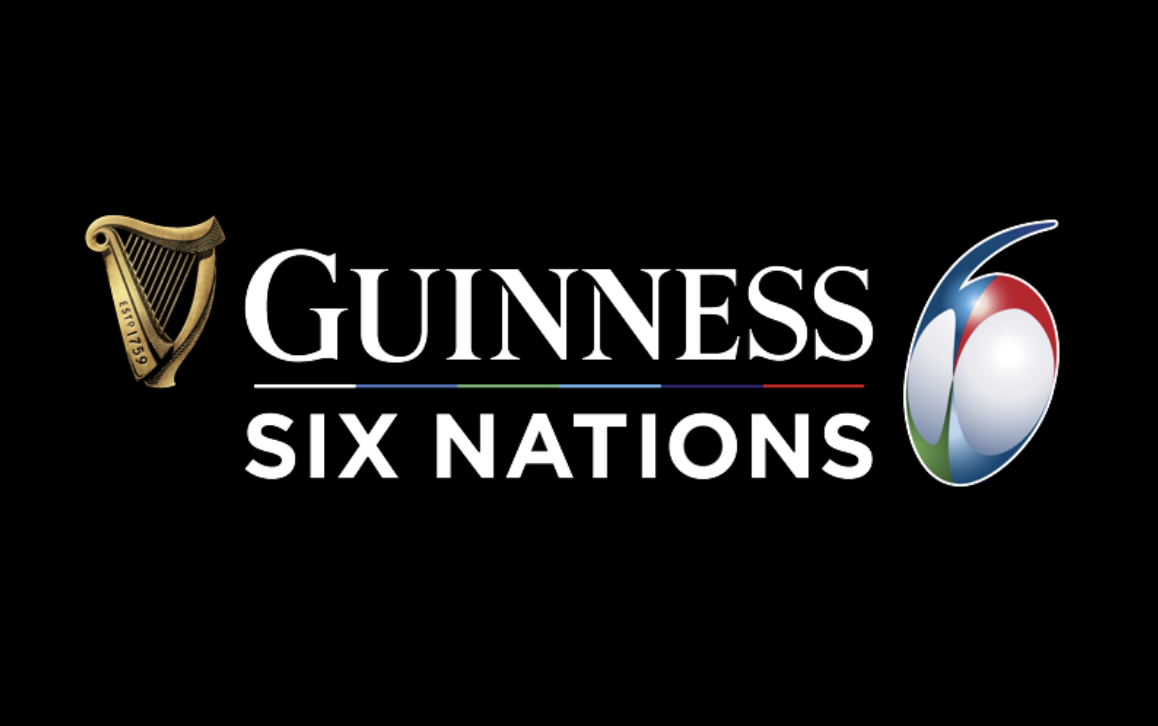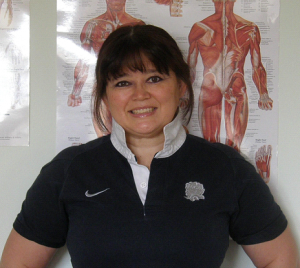
Welcome to the Sports Injury Blog. My name is Liz Ward and my job is sports injury management.
As a performance analyst, making good use of kinesiology, biomechanics and video analysis as well as a soft tissue therapist, my preference is prehabilitation, but I am sorry to say that the majority of my time is spent with rehabilitation. I am also a certified personal trainer but no longer have time to get in to the gym these days!
I will be providing you with regular blogs focussed on common rugby injuries with treatment and prevention advice for these injuries. I am also here to help you with any questions that you may have abour rugby injury prevention or treatment.
Ankle Injuries
One of the more common injuries whilst playing rugby is to the lateral ankle ligament, producing localised pain and swelling which restricts movement. Bruising is also possible and may appear sometime after the incident. Together with Achilles tendon injuries they account for more than half the downtime from professional Rugby Union in England.
A sprain usually results from ‘rolling’ over the ankle beyond its normal range of motion, usually inversion (lateral sprain) but also eversion (medial sprain). This stretches the ligaments which can then rupture (see right). This can also happen as a result of an awkward fall, twisting the ankle or instability on uneven ground.
There are three grades:
•Grade I – stretch and/or minor tear of the ligament without laxity (loosening).
•Grade II – tear of ligament plus some laxity.
•Grade III – complete tear of the affected ligament (very loose).
To see an Illustrated Ankle Series click here.
Treatment
When an ankle injury occurs, the best course of action would be the P.R.I.C.E protocol to reduce inflammation and prevent any further injury: Protection, Rest, Ice, Compression and Elevation. Click here for further information.
On the Sidelines
This can be difficult on the sidelines but if possible, keep the boot on to provide a certain amount of compression (this is also important in case of fracture), whilst strapping an ice bag on the location of any inflammation with a compression bandage. Ice should not be applied directly to the skin and should be held in place for approximately 20 minutes every two hours. An anti-inflammatory can be helpful to reduce pain and inflammation for the first 7 to 10 days after the injury.
AFTER INJURY AVOID FOR 24 HOURS
If you have had a an ankle injury on the pitch or at training the goal is to decrease post-injury swelling, bleeding, and pain, and to protect the healing ligament(s). It is important that you avoid the following for the first 24 hours:
- Drinking alcohol
- Hot showers
- Heat rubs
- Hot packs
- Aspirin–it prolongs the clotting time of blood and may cause increased bleeding into the ankle (anti-inflammatories like ibuprofen may be taken)
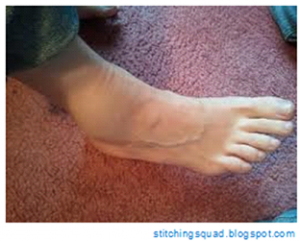
A moderate ankle sprain
When you stop to think about the actions of this joint, whilst supporting the whole body weight, it becomes obvious that full recovery must be undertaken before return to sport. Premature return can result in persistent issues, re-injury and more pain, which will eventually result in permanent ‘end of game’. These tissues need time to repair, strengthen and return to full use and the proprioceptive system needs to be retrained. If available, wobble board training will go a long way to assist.
Of course, not all ankle injuries are conservative, and even on a professional level we see some pretty horrific injuries.
If the injury is severe; when pain is uncontrolled and it is impossible to walk a few steps without severe pain, or there is no feeling in the foot/toes, or no improvement within seven days, consult a GP.
Prevention
Spending time during the fitness regime to work on the ankle could keep a player on the field. Strengthening the structures around the joint and working on balance with single leg exercises will help stabilise this area. It is also vitally important to wear the correct footwear when training as well as playing.
Good warm up and cool down sessions will also help. Dynamically stretching the calf and hamstring muscles prior to activity and developmental stretches at the end are important. If the calf muscles are tight or short, injury is just a case of ‘when’ not ‘if’.
Overpronation (flat feet) and bunions, often the result of shortened calf muscles, need to be addressed as both could lead to balance issues as well as ankle instability. In the meantime extra support can be provided by taping or wearing an ankle brace during the game.
Just 5 minutes a day could prevent injury!
In a 2007 study published in the American Journal of Sports Medicine, researchers at Nicholas Institute of Sports Medicine and Athletic Trauma asked high school football players with a high body mass index and/or a previous ankle injury (whom they determined to be at risk for ankle sprains) to undergo balance training with a foam stability pad. The athletes were asked to balance on the foam stability pads for five minutes on each leg, five days a week during pre-season and two days a week during the football season. The result found that this training significantly reduced the incidence of injury among high-risk players.
EASY MOVES TO PREVENT INJURY
Balance-training exercises do not require special equipment. You can try the following exercises aimed at improving balance and enhancing lower body strength:
- Standing on one foot
- Walking heel to toe
- Balance walking, alternately lifting the back leg, step by step
- Doing back leg raises, standing in place
- Performing side leg raises, standing in place
- Practicing hip extensions
Calf Stretches

I like the Downward Facing Dog Pose for stretching the calf muscles basically because it will also strengthen the upper arms whilst opening up the back, neck, chest, hips and shoulders.
The easiest way to achieve this ‘shape’ is from all fours; on your hands and knees and pushing your buttocks to the sky. It is important to push the heels to the ground (see photo on the right). Hold for 10s and repeat.
Leg Stability
The Single Leg Romanian Dead Lift is an excellent exercise for working on balance as well as muscle lengthening. It can be performed with dumbbells, barbells, kettle bells or even a couple of cans of baked beans!
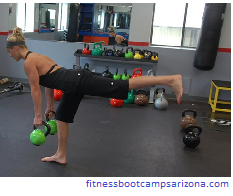
Hold your choice of weight with a pronated grip at arm’s length. Feet should be shoulder-width apart. With softened knees, lift one leg behind you and keep it up throughout the exercise. Keeping your back strong, push your hips backwards and lower the weights slowly towards the ground and return. Repeat at least five times then change leg.
Click here for some more great ankle exercises that you should perform regularly.
Questions
I hope that you have found this blog useful. If you have any questions or comments on ankle injuries or on any other rugby injuries that you would like to see covered in the next blog, please email me at info@findrugbynow.com with “Rugby Sports Injury Blog” in the title, and I will be happy to help.








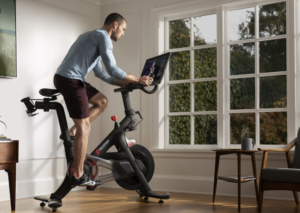 When most people hear the word “Peloton” they think of an expensive black bike with shiny red buttons and that controversial commercial where the husband gifted his wife a Peloton for Christmas.
When most people hear the word “Peloton” they think of an expensive black bike with shiny red buttons and that controversial commercial where the husband gifted his wife a Peloton for Christmas.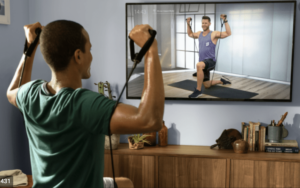 If the app interests you, Peloton is currently offering a 30 day FREE TRIAL, so why not give it a try? Check it out
If the app interests you, Peloton is currently offering a 30 day FREE TRIAL, so why not give it a try? Check it out 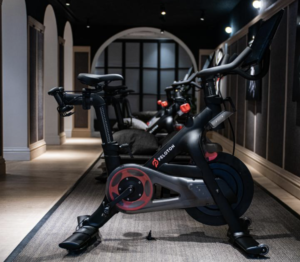
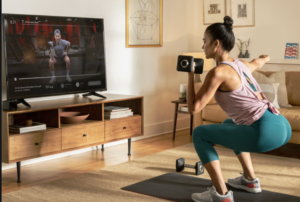
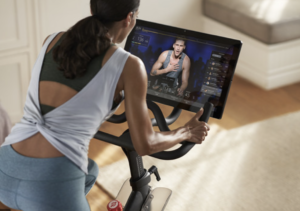 This article would not be complete, however, if we did not acknowledge some of the delivery issues that have been plaguing Peloton over the last year. Most of the delivery issues seem to affect U.S. deliveries, however, the UK deliveries have been affected as well.
This article would not be complete, however, if we did not acknowledge some of the delivery issues that have been plaguing Peloton over the last year. Most of the delivery issues seem to affect U.S. deliveries, however, the UK deliveries have been affected as well.





